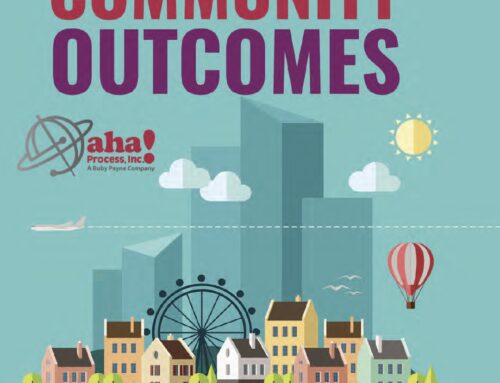
Money being cut showing cutbacks or wasteful spending
Last year’s portion of the federal budget that was spent on children hit a 12-year low, rivaling numbers we haven’t seen since 2007. Just 9.2% of federal spending was for programs like early education, food stamps, and help for children with disabilities.
Worse yet, spending is projected to decline further in the next ten years, dipping to just 7.5% of the total budget in 2029. So what is going on?
For one thing, the population is aging. As a result, the U.S. government is spending more on Social Security, Medicare, and Medicaid. Interest payments on the national debt also eat up a big chunk of the money. But those aren’t the only issues.
“We are not making a children a priority,” says Heather Hahn, senior fellow at the Urban Institute’s Center on Labor, Human Services, and Population. The report she coauthored details how spending on children in the next ten years will decrease by 20% while the population of people under 19 will shrink by only 1%.
The report does not, however, suggest that funding on the big three should be cut. Social Security lifts seniors out of poverty. It does zero in on healthcare spending within Medicare and Medicaid. The report also identifies increasing payments on the national debt as a drain on funds that could be made available for children.
Furthermore, spending on food stamps is decreasing, and there is a movement afoot to slash that spending further. According to Hahn, voters should be aware “how little we spend on children.”








